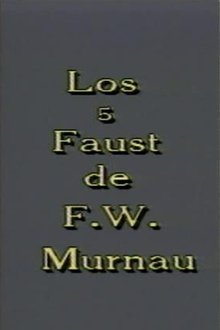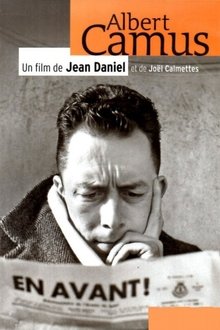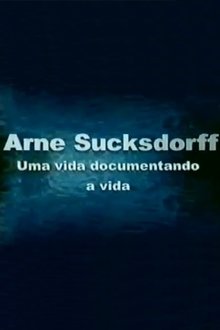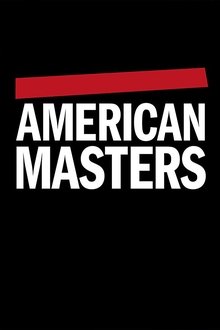‘Get Better – A Film About Frank Turner’ was directed by friend Ben Morse, and follows Frank Turner and his band The Sleeping Souls for a year on the road, but the band swiftly came off the road – and Frank came off the rails before recovery.
Related Movies
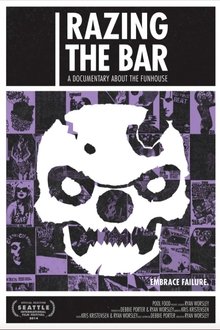
Razing the Bar: A Documentary About the Funhouse (2014)
Razing the Bar documents the development and eventual demolition of a well-loved fringe punk rock Seattle venue through interviews of employees, friends, and a multitude of local musicians.
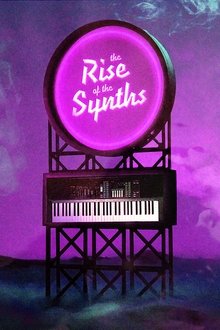
The Rise of the Synths (2019)
A documentary about the Synthwave scene, nostalgia and the universe of creating sounds. A love letter to human fascination and the collective memories of a universe, that never existed.
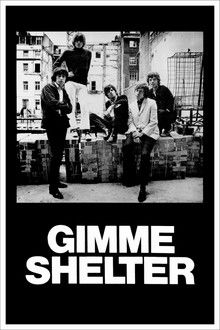
Gimme Shelter (1970)
A detailed chronicle of the famous 1969 tour of the United States by the British rock band The Rolling Stones, which culminated with the disastrous and tragic concert held on December 6 at the Altamont Speedway Free Festival, an event of historical significance, as it marked the end of an era: the generation of peace and love suddenly became the generation of disillusionment.
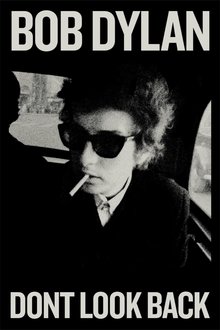
Dont Look Back (1967)
In this wildly entertaining vision of one of the twentieth century’s greatest artists, Bob Dylan is surrounded by teen fans, gets into heated philosophical jousts with journalists, and kicks back with fellow musicians Joan Baez, Donovan, and Alan Price.
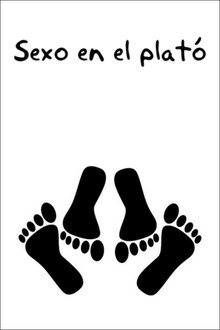
Sexo en el plató (2007)
How are the sex scenes filmed? What tricks are used to fake the desire? How do the interpreters prepare and feel? Spanish actors and directors talk about the most intimate side of acting, about the tricks and work methods when narrating exposed sex. In Spain the general rule is that there are no rules. Each film, each interpreter, faces it in very different ways.
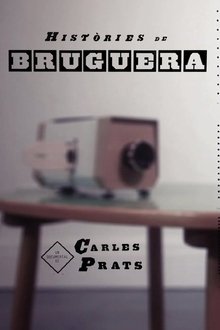
Històries de Bruguera (2012)
The history of Bruguera, the most important comic publisher in Spain between the 1940s and the 1980s. How the characters created by great writers and pencilers became Spanish archetypes and how their strips persist nowadays as a portrait of Spain and its people. The daily life of the creators and the founding family, the Brugueras. The world in which hundreds of vivid colorful paper beings lived and still live, in the memory of millions, in the smile of everyone.
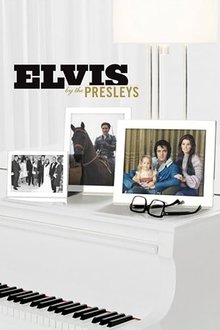
Elvis by the Presleys (2005)
Priscilla Presley, her daughter, their family and their friends open their hearts in the backdrop of Graceland's memories with much modesty and emotion.

Dig! (2004)
A documentary on the once promising American rock bands The Brian Jonestown Massacre and The Dandy Warhols. The friendship between respective founders, Anton Newcombe and Courtney Taylor, escalated into bitter rivalry as the Dandy Warhols garnered major international success while the Brian Jonestown Massacre imploded in a haze of drugs.
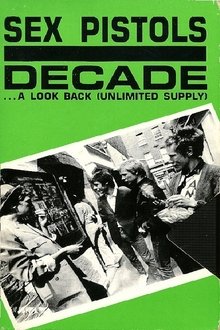
Sex Pistols: Decade... A Look Back (Unlimited Supply) (1989)
Featuring portions of over a dozen songs, humorous British 'punk' ads, opinions, Ronnie Biggs, Malcolm McLaren (of course!), and a fantastic not-so-candid Lydon interview.
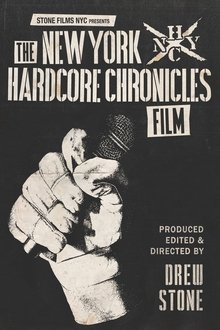
The New York Hardcore Chronicles Film (2017)
Director Drew Stone’s The New York Hardcore Chronicles Film is an incredible journey through the community and culture of the iconic New York hardcore scene. Not the typical history of a local music scene but so much more. Shot in an episodic format, the film contains over 60 interviews, never before seen footage, photos and a blazing soundtrack. With appearances by Roger Miret & Vinnie Stigma (Agnostic Front), Lou Koller, Craig Setari (Sick Of It All), Ray Cappo (Youth Of Today), Billy Graziadei (Biohazard), Billy Milano (S.O.D. / M.O.D.) and Mike Judge (Judge). The film addresses the community, culture, straight edge and DIY ethic of the hardcore scene in the greatest city in the world that is still vibrant, relevant and going strong to this day.
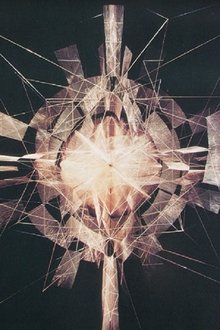
The Sun and Richard Lippold (1966)
Documentary examining the work of sculptor Richard Lippold, particular his sculpture of the sun at the Metropolitan Museum of Art.
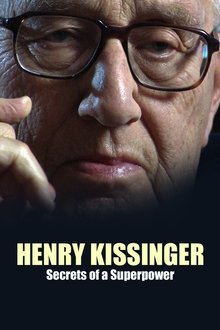
Henry Kissinger: Secrets of a Superpower (2008)
Though Henry Kissinger is often giving short statements to the media, he refuses detailed interviews about his own life. Now he has agreed to answer questions about his person in an extensive documentary.
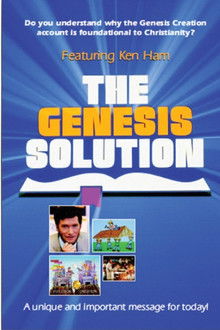
The Genesis Solution (1987)
How does Genesis relate to the "real world?" Does it matter whether one believes in Creation or Evolution? Watch this unique and important message for today and understand why the Genesis Creation account is foundational to Christianity.
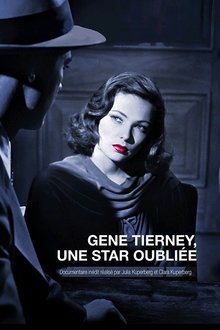
Gene Tierney: A Forgotten Star (2017)
Martin Scorsese is among those paying tribute to Gene Tierney, the Academy Award-nominated American actress who was a leading lady in Hollywood throughout the 1940s and '50s.

Britney Spears: Workin' It (2014)
With the release of her eighth studio album, Britney is back and she's workin' it! This documentary chronicles the career of international superstar from her more innocent years with the release of "Baby One more Time" to being the highest paid judge on US X Factor and collaborating with Will.i.am on her latest album. She is worldwide a pop icon, who continues to grow and deliver to her fans. This is her inside story.
